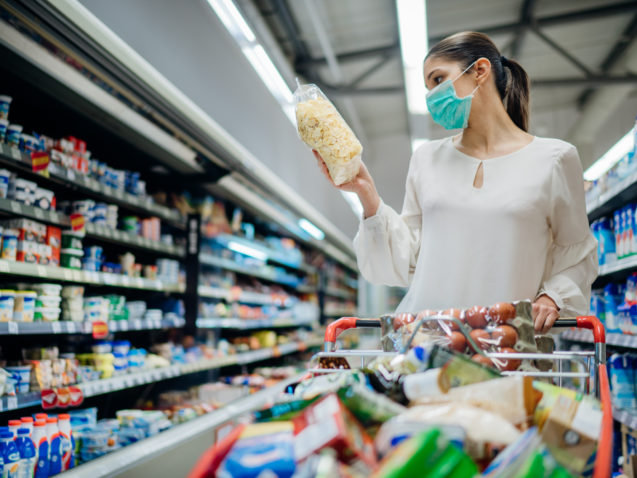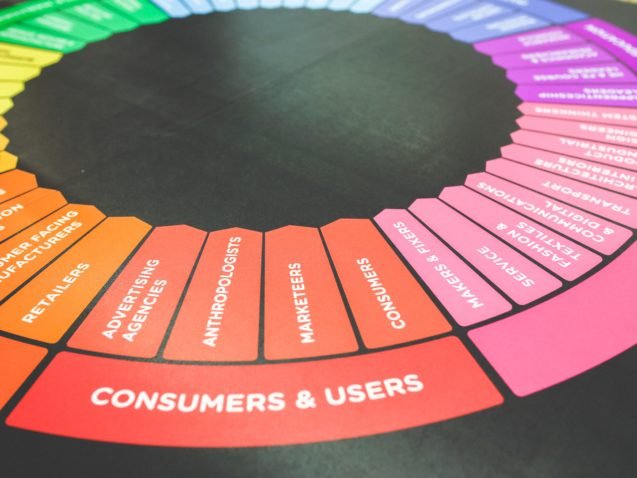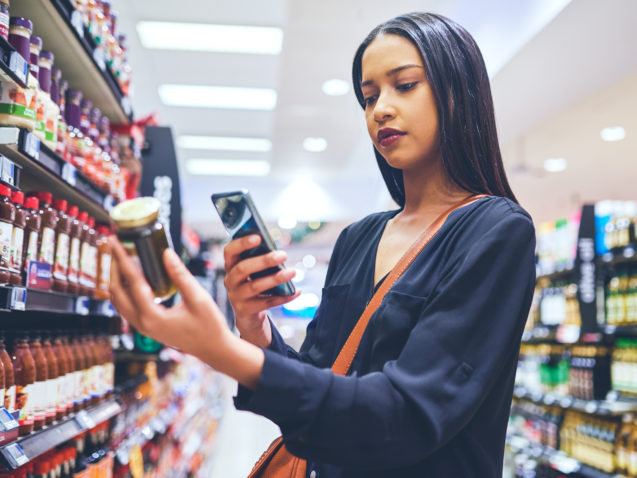In 2015, AB InBev established the Global Smart Drinking Goals to contribute to the World Health Organization (WHO) and UN SDG targets to reduce the harmful consumption of alcohol globally. The goals are intended to serve as a laboratory to identify and test evidence-based programs, implement them in partnership with others and provide for
independent and transparent evaluation.
Developed alongside public health officials, these goals reflect the company’s belief in evidence-based solutions and that independent, rigorous and transparent measurement and evaluation are key to progress.
Goal 1: Reduce the harmful use of alcohol by at least 10% in six cities by the end of 2020. Implement the best practices globally by the end of 2025.
The six City Pilots aim to reduce harmful alcohol use by 10% in their locations by the end of 2020. AB InBev received guidance from experts to identify the cities where the most impact could be made and selected Leuven, Belgium; Johannesburg, South Africa; Brasília, Brazil; Jiangshan, China; Zacatecas, Mexico; and Columbus, Ohio, USA.
These City Pilots serve as laboratories for testing and evaluating evidence-based initiatives to reduce harmful drinking, and identifying promising ones worth scaling. The interventions within the pilots focus on addressing drinking and driving, underage drinking, binge drinking and other issues of local relevance. By 2025 AB InBev hopes to take successful interventions global.
Goal 2: Invest $1 billion USD across markets in dedicated social marketing campaigns and related programs by the end of 2025.
AB InBev has committed at least $1bn across markets in dedicated social marketing campaigns and programs to influence social norms and individual behaviours to reduce harmful use of alcohol. This goal is not just about spending a specific amount, but rather spending with impact. This requires the implementation of evidence-based campaigns and programs grounded in social norms and social marketing theory.
Working in close collaboration with experts, the company has developed a Smart Drinking Toolkit to guide marketing teams. AB InBev has also updated their Responsible Marketing and Communications Code and training for their staff.
Goal 3: Ensure No- or Lower- Alcohol beer products represent at least 20% of AB InBev’s global beer volume by the end of 2025.
One important step to reducing harmful drinking is by providing consumers with lower- and non-alcoholic beer options. As a result, Goal 3 looks to ensure that low- or no-alcohol beer products make up at least 20% of the company’s global beer volume by 2025.
The company’s ambition is for existing drinkers to integrate no-alcohol beers and beer with 3.5% ABV or lower into their current drink choices, reducing their overall total alcohol intake.
AB InBev is already making encouraging progress toward this goal. The company has launched no-alcohol beers in key markets, like Brazil, Mexico, South Africa, Canada, Belgium, China, and the UK, and have introduced new low-alcohol beer products in a number of countries including Canada, South Africa, Australia and multiple European markets.
Goal 4: Place a Guidance Label on all beer products in all markets by the end of 2020. Increase alcohol health literacy by the end of 2025.
The AB InBev Foundation is supporting public health researchers at Tufts University School of Medicine to develop a consumer guidance labelling strategy for beer to promote alcohol health literacy and reflect the current evidence base for consumer labelling. As part of this work, Tufts has conducted a literature review and hosted a consensus conference to review the evidence in January 2018. More information is available here.
Alcohol literacy is critical to every job function at AB InBev. In 2016, the company launched a compulsory Alcohol Literacy Training program to better educate staff.








